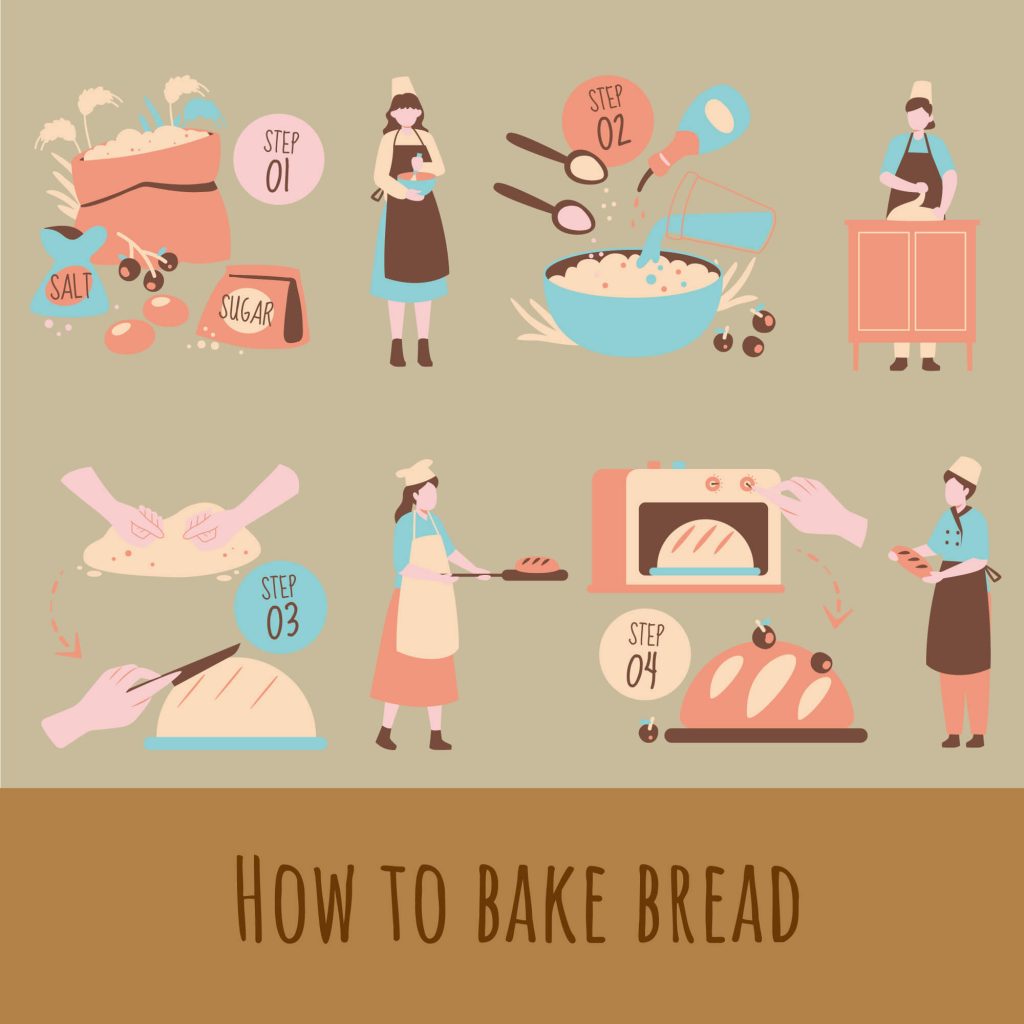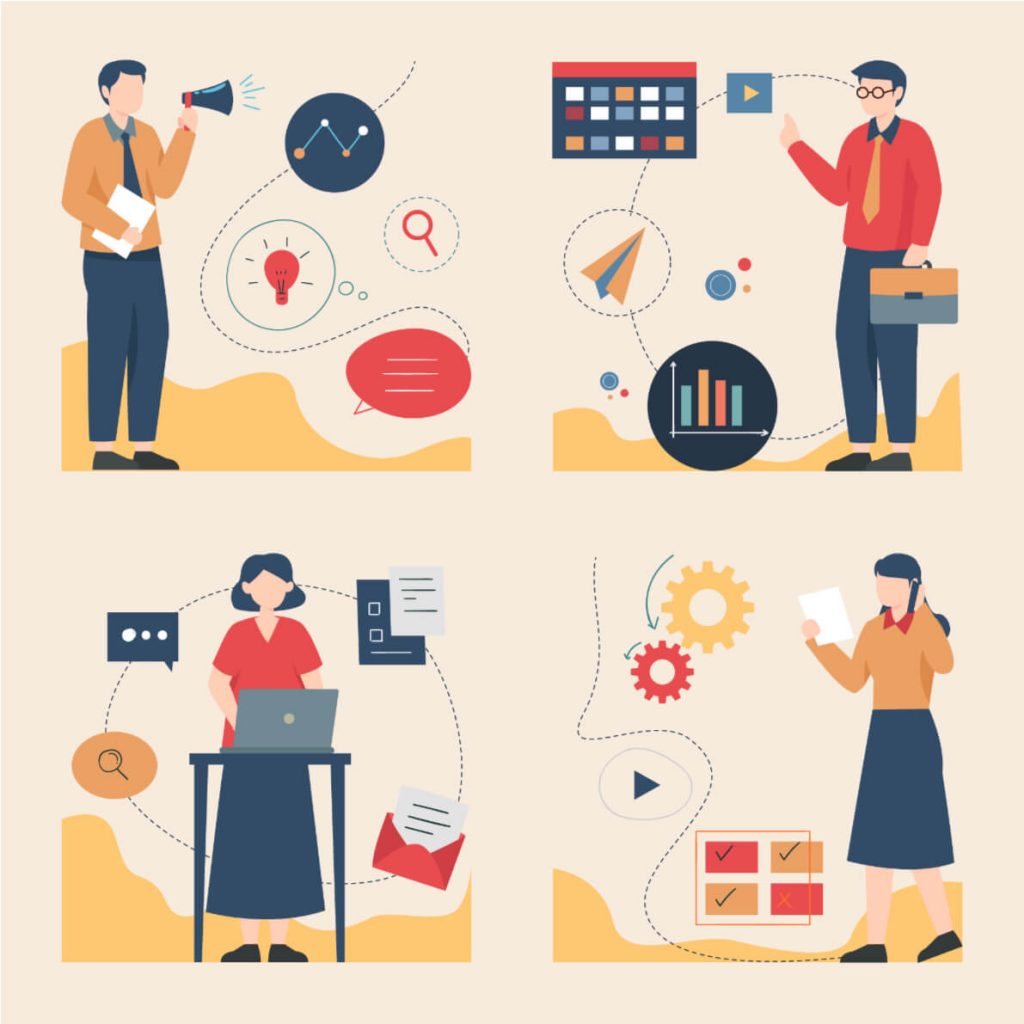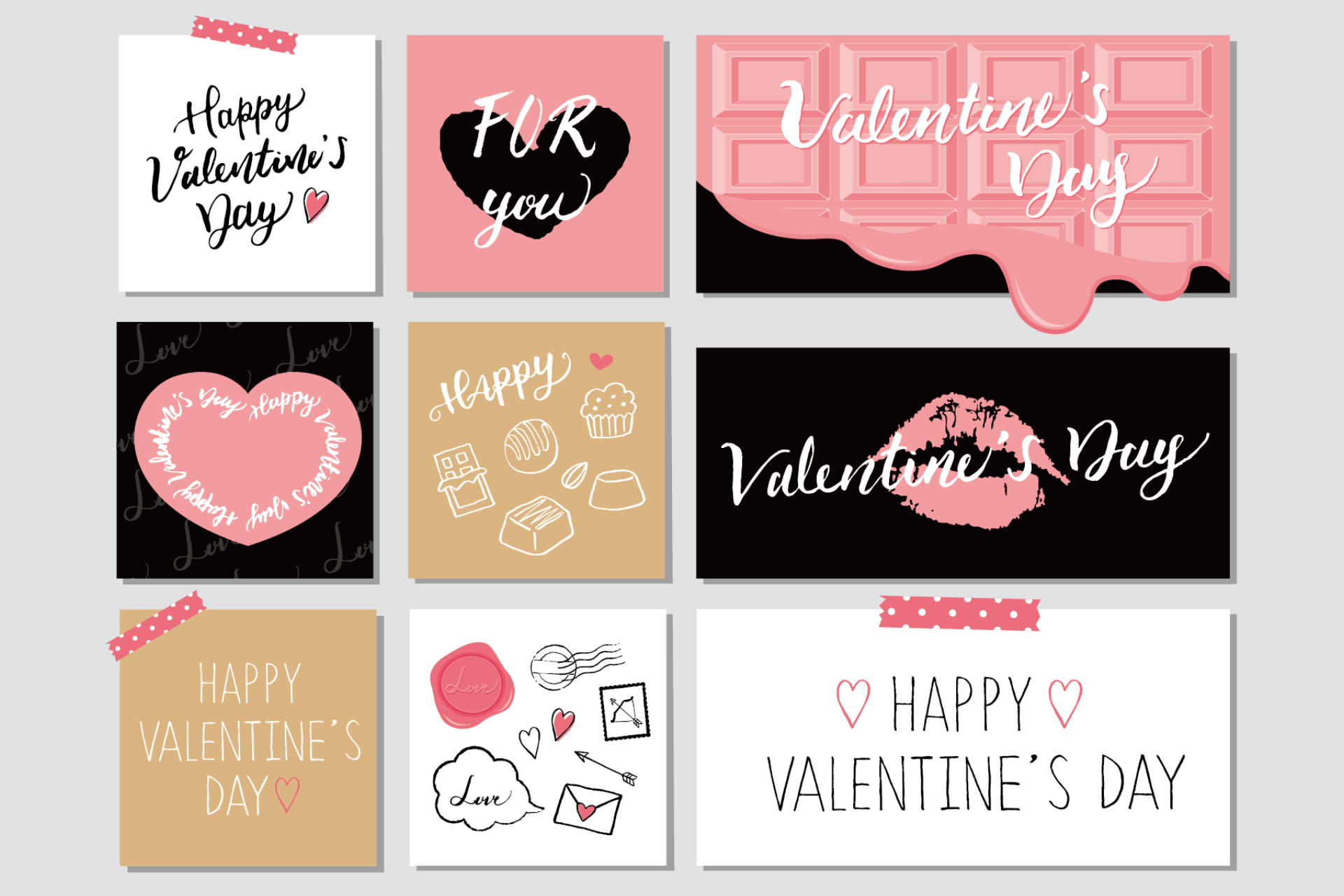If you’re a graphic designer, it’s vital to keep your workflow smooth and consistent. This will ensure that your designs meet client specifications and are delivered on time.
Productivity is one of the most difficult skills to master, but it’s not impossible. By following some productivity hacks, you can boost your productivity and increase your creative output.
5 steps in the graphic design process
Many designers have experienced frustrations and workflow bottlenecks when it comes to their graphic design process. But it doesn’t have to happen if you follow the right design process.
One of the most crucial steps in any graphic design process is to start with a brief. This step ensures that you have a clear understanding of your client’s needs and requirements, and it helps you to plan out your creative work.
Another important aspect of this step is to conduct research. You can do this by conducting interviews, looking at competitors, and analyzing existing designs.
Once you have a clear idea of the brief and your client’s needs, it is time to brainstorm ideas for the project. This is where you come up with various design concepts, including sketches, wireframes or mockups.
Once you’ve settled on a few design ideas, it is time to put them on a mood board. This allows you to create a rough outline of your ideas, and it also makes it easy for you to give feedback or share your thoughts with others.
Start with a brief
A brief is a document that shapes your entire graphic design process. It helps keep your client and design team aligned. It also sets the standard for communication, timeframes and project goals.
Whether you’re designing logos, social media graphics or an entire marketing campaign, the brief is crucial for success. It should be no more than two pages and contain all the necessary information a designer needs to begin their work.
This includes background information, customer personas, brand guidelines and a timeline for the project. It should also have a list of competitors in the same industry, as well as the budget for the project and how it will be measured.
Once you’ve completed your design brief, it’s time to start contacting designers for your graphic design process. It’s important to find a designer with experience in your niche, who can deliver on your expectations.
The key to a successful brief is to provide detailed information about your company and your audience. This will help you create a design that speaks to your target market and gets them engaged. It’ll also make your designer’s job easier because they will have a better understanding of your business and what it needs to succeed.

Conduct design research
Conducting design research is a critical part of the graphic design process, as it helps designers understand the motivations, needs, and desires of their target audience. Moreover, it helps them create designs that meet those needs and creates an optimal user experience.
To conduct design research, there are many methods that you can use. These include usability testing, focus groups, surveys and interviews.
Depending on your research objectives, you can choose the right method for your graphic design process. The best method is primary research, which involves directly asking your customers questions to gather first-hand information.
The goal of primary research is to identify the most important problems that customers face and how a solution could address those issues. This information is used to develop a design that will improve their lives and increase brand loyalty.
Another method is usability testing, which allows you to test your design with real users. It also helps you understand how easy or difficult it is for your target audience to use your product. This is very useful before you launch a product and lets you see how it impacts the user experience.

Brainstorm and ideate
Having a good idea of how you will approach your project is essential to boost productivity. This can be done by creating a sketch, wireframe or mockup to help you visualize the design.
Another important step is brainstorming and ideating. This allows you to gather as many ideas as possible and to work out the best ones.
This graphic design process is important because it encourages creative thinking and helps you to come up with ideas that are both innovative and suited to the brief. It is also a great way to get feedback on your designs and ensure that they meet the standards set by your client or stakeholders.
Whether it is a live brainstorming session or an online whiteboard, it is essential to have a diverse group of people who can contribute different perspectives and skills to the discussion. The diversity of this group will encourage teamwork and help everyone to stay engaged throughout the brainstorming process.
If you run out of ideas for creativity, there are a few websites like Pinterest, illustAC, Dribbble… There will be many sources for you to refer to and promote your thinking and develop your ideas.

Create your design and review
Graphic design process often have to deal with a slew of productivity hurdles daily, and many of them are out of their control. But overcoming them can help you churn out designs that meet your clients’ expectations.
One of the most common productivity struggles is finding time to create your design. In order to regain a sense of creative flow, you must learn how to prioritize your tasks and set aside time for ideas.
The first step in creating your design is to start with a creative brief. This document will serve as the guide for your entire project. It will include details about the target market, design specifications, and other key information.
Another important step is to conduct a visual analysis of your client’s business. This will allow you to know what will work best for their brand and ensure that your design reflects their values.
Once your design is ready, present it to your client for feedback. Then, you can start making revisions based on their comments and suggestions. It is best to go through several rounds of changes with your client before submitting the final product.
Present the final product and get feedback
Mastering 5 steps in the graphic design process to boost productivity can make a world of difference in the amount of time it takes to create a great piece of work. The process is full of details that you must adhere to and follow, or you could end up with a mess on your hands!
The first step in the graphic design process is to develop a brief. It should include all the important information about the project and target audience, so that everyone involved knows exactly what they are working towards.
Once you have a clear idea of the brief, you should start brainstorming and coming up with design ideas. This is a key step in the graphic design process because it gives you a framework for your final product.
When you have come up with a few ideas, present them to your client so they can get a sense of what the final product will look like. This will help them feel more involved in the process and secure their buy-in on the project.
At this stage, you should also present your work to your team and other decision-makers so they can give feedback. It is best to do this in person, as emails can sometimes lose valuable information and cause misunderstandings. If you cannot do this in person, use a creative collaboration platform or project management tool to gather and organize feedback from the various parties involved.
How to get good feedback for your design
Getting great feedback for your graphic design process can boost your productivity. It can also give you a fresh perspective on the project, increase your motivation and improve your design skills.
However, not all feedback is created equal. A bad feedback can cause frustration for you and your designer, which is why it’s important to learn how to give and receive feedback properly.
When giving feedback, make sure to communicate your design goals clearly. This will help your designer understand your needs and align their design decisions with the end goals.
It’s also a good idea to ask graphic design process-driven questions during the feedback session. This will ensure you and your designer break down their thinking, which will make the whole graphic design process more collaborative.
Another thing to consider is avoiding vague feedback, such as “make it pop”. These are difficult to interpret and may result in unnecessary changes being made.
It’s also important to limit the scope of your feedback to what is possible for your design, so that your designer can provide a better sense of direction. This can be done by presenting only components that need to be fixed or that are within the brand’s color palette, for example.






